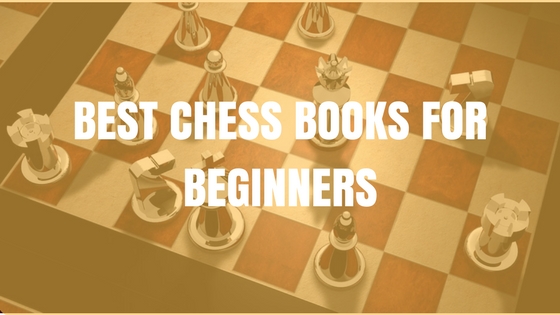

He emphasizes the tactical aspects of the game: how to recognize the big chance and hit hard when it occurs. Open Champion, applies some of the ideas and convictions acquired from thirty-five years of playing, teaching and analyzing the royal game.

Horowitz, Chess Editor of the New York Times and former U.S. It emphasizes what a beginner most needs to know and understand, as soon as possible.Ĭhess for Beginners: A Picture Guide Including Photographs and Diagrams for Self-Teaching This chess book is balanced in depth and breadth, with lessons on how to checkmate your opponent, gain a material advantage over another beginner, promote a pawn to a queen, pin one of your opponent’s pieces, make a knight fork, avoid becoming checkmated, and much more. If one of these two brief reviews of publications of my competitors causes someone to buy one of them, instead of my book, I’ll still survive. Included are promotional phrases, along with an Amazon reader review. We’ll consider these three in alphabetical order of the title, which puts my own book first, I’m happy to say.

On the contrary, these appear to be chess books for REAL beginners. The following are NOT pseudo-beginner-chess-books (to the best of my knowledge), meaning the cover gives the impression it is for beginners but it’s really too advanced for most novices. Yet the following two publications may be worthy of consideration, in their own right. Regardless of how many chess books may be similar to mine in various ways, I doubt that even one of them is equal to BTKC in following this new training method for developing tactical skill. So why would I mention two competing books on the royal game, both of them for beginners? Mine could be the only one ever written that uses a new teaching method called nearly-identical positions. I’ve been promoting my own chess book (for novices) for several weeks now: Beat That Kid in Chess.


 0 kommentar(er)
0 kommentar(er)
